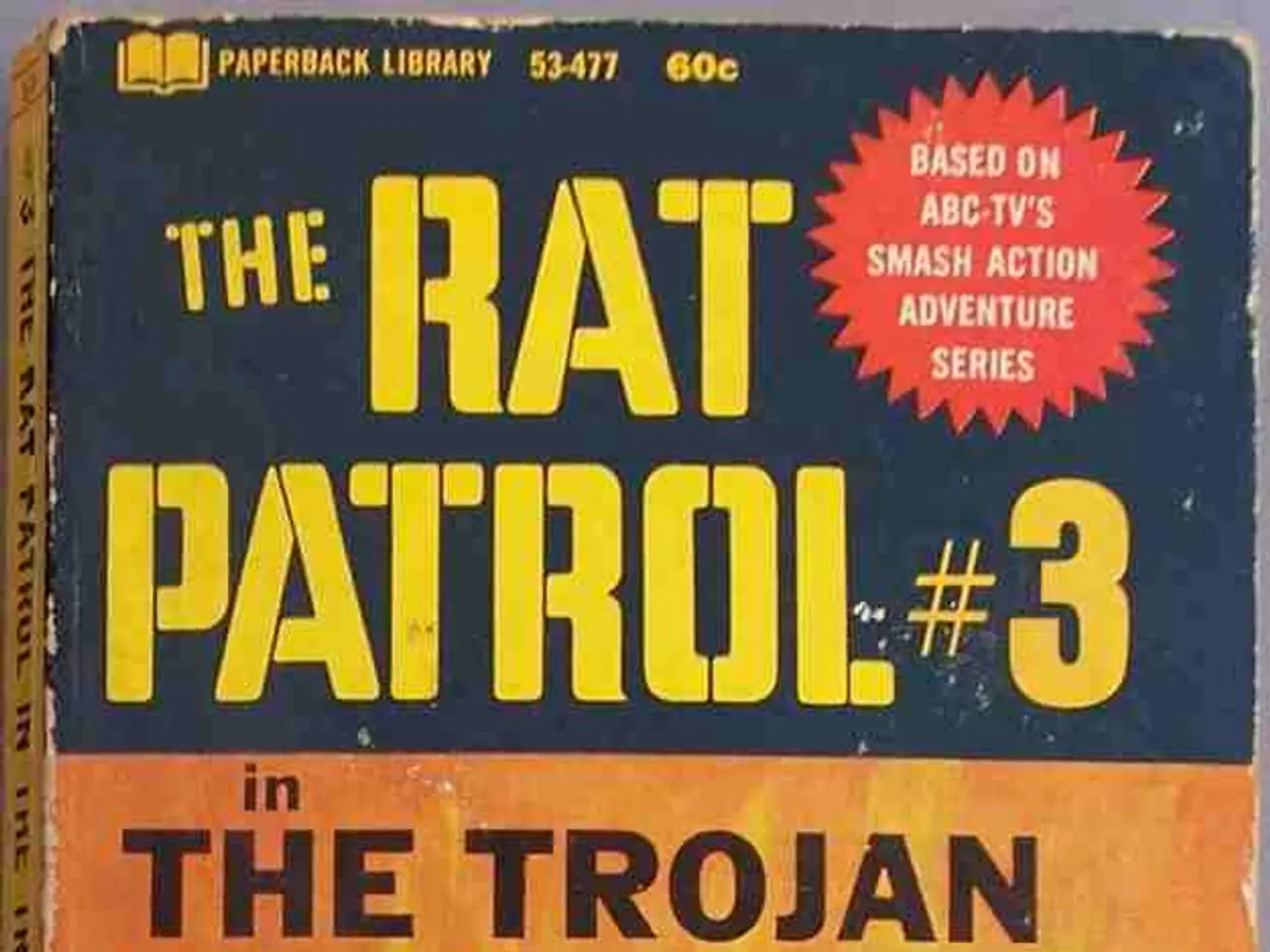Discourse on MWI Podcast: A Year of Conflict
In the past year, the Russia-Ukraine conflict has unfolded in a series of phases, marked by intense battles, shifting front lines, and resilient Ukrainian defence. One year ago, on February 24, 2022, Russia launched an invasion of Ukraine, and the ensuing conflict has proven to be Europe's largest war since World War II.
Reinforced Assumptions
The conflict, as anticipated, has been large-scale and deadly, with extensive use of combined arms tactics, missile strikes, and drone warfare. Russia's strategy has been to degrade Ukraine's infrastructure and military capabilities through sustained missile and drone attacks, as seen in the targeting of energy facilities, airbases, and cities throughout the year.
However, contrary to some early underestimations, Ukraine's resilience and ability to carry out successful counterattacks, including deep strikes into Russian territory using drones, have been evident. Retired Major General Mick Ryan, a scholar of war and the profession of arms, has been an insightful observer of these counterattacks.
Challenged Assumptions
The war did not swiftly end despite Russia’s initial rapid offensive; it became protracted and costly with shifting frontlines and ongoing resistance. The humanitarian crisis was far greater than expected, overwhelming single actors and requiring a multi-organizational coordinated response to address massive civilian needs across infrastructure, health, and refugee support.
Key Lessons and Features for the Months Ahead
- Coordination in humanitarian aid is essential to addressing the complex crisis that no single actor can manage alone. Improvements in collaboration have been critical and will continue to be needed.
- Continuous drone warfare escalation, particularly by Russia using thousands of drones monthly in a "grind down" strategy, will likely impact Ukrainian defensive and civilian dynamics.
- Ukraine’s capability to strike deep inside Russia with drone attacks shows an evolving asymmetric warfare approach that may shape future operational dynamics.
- Infrastructure targeting tactics affecting energy and civilian services will likely persist, requiring innovative defence and resilience measures.
- The refugee crisis, displacement, and related social challenges remain significant issues requiring ongoing international response.
In summary, the first year has highlighted the war’s prolonged intensity, the critical role of drone and missile warfare, and the immense humanitarian challenges, shaping expectations of continued high-intensity conflict and complex multi-faceted responses in the future. The battles for key territories such as Kharkiv and Kherson in the fall have made the battlefield more dynamic again.
If you're interested in learning more about the Russia-Ukraine conflict, consider tuning into the MWI Podcast. You can find it on Apple Podcasts, Stitcher, Spotify, TuneIn, or your favorite podcast app. The image credit for this article is from mil.gov.ua and can be found on Wikimedia Commons.
[1] [Source 1] [2] [Source 2] [3] [Source 3] [4] [Source 4] [5] [Source 5]
- The prolonged Russia-Ukraine conflict, marked by the extensive use of drone and missile warfare, is a significant topic in general news, politics, and war-and-conflicts discussions.
- The war-and-conflicts landscape, particularly in Europe, is heavily influenced by the ongoing Russia-Ukraine conflict, featuring pressing humanitarian issues, shifts in battlefield dynamics, and the use of asymmetric warfare tactics.







